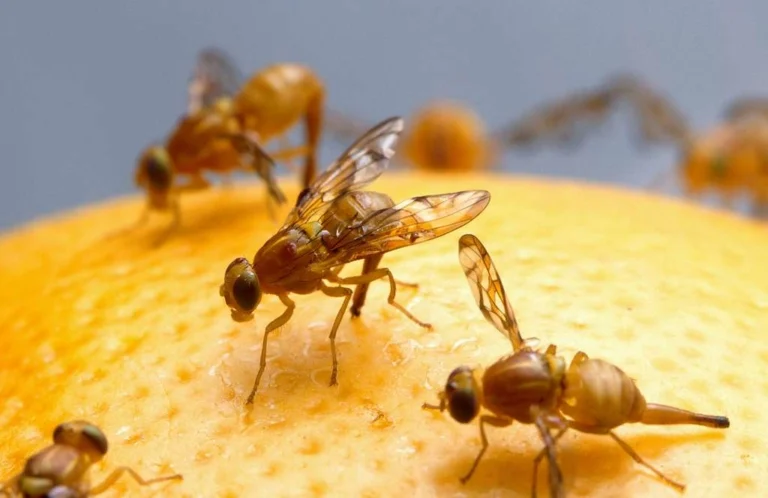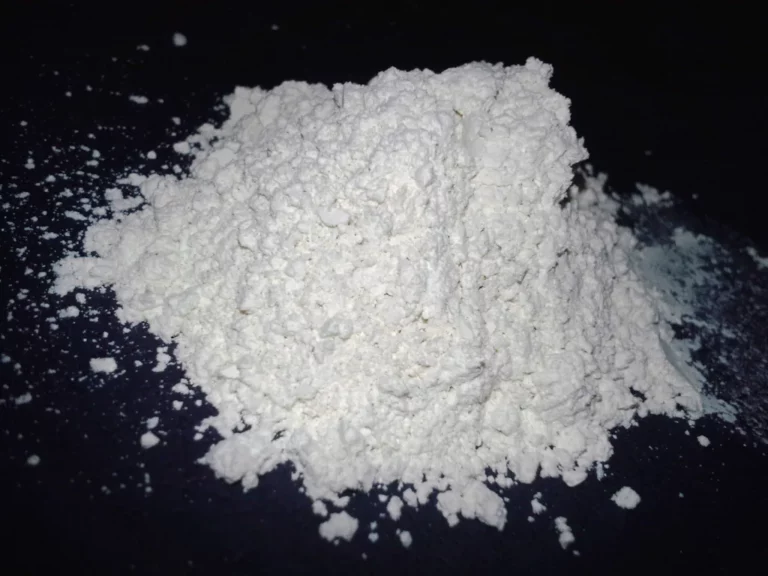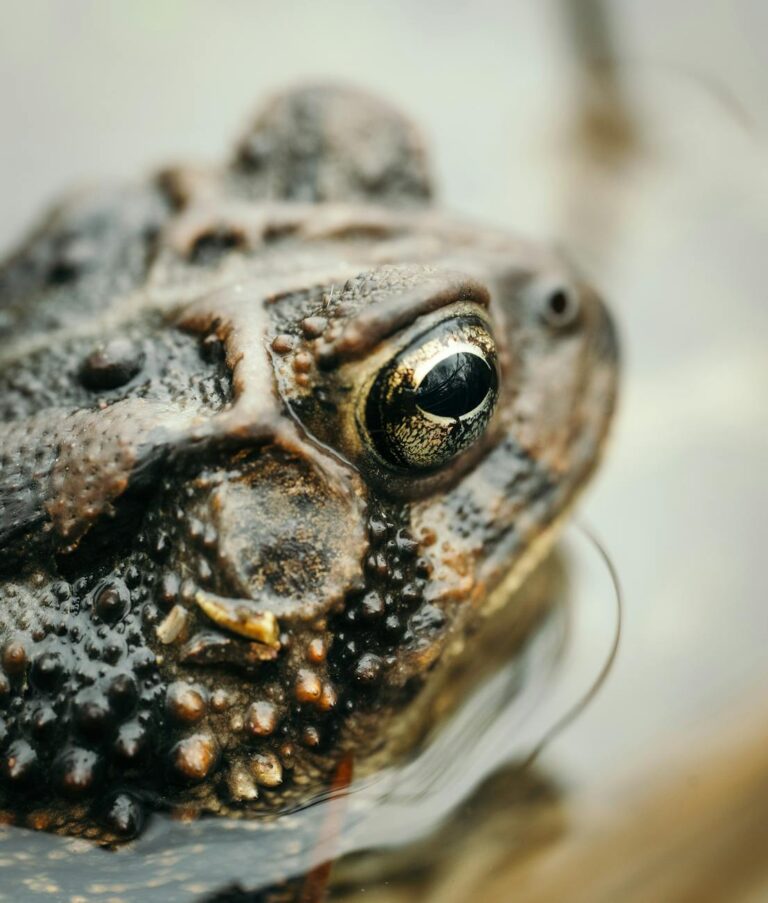Table of Contents
ToggleInvasive species are pests that originate in another country but have made their way to the United States. Inadvertent and intentional releases by locals and hitchhiking pests on cargo ships and flights add to their spread.
In the United States, many invasive pests lack any natural enemies, leading to rapid population growth. Once they release them into the wild, this makes them particularly risky. Some invasive species are particularly dangerous because of their potential to transmit illness and create economic losses in the agriculture sector of the United States. The USDA estimates that annual economic losses due to invasive species are $137 billion.
In only the past few years, the country has been plagued by a number of invading species that are completely novel. Find out more about these foreign pests with a strange appearance.
Giant African Land Snails
The African giant land snail is one example of an invading species. People speculate that these massive mollusks were initially brought as pets and for educational purposes. People started spotting them in Florida‘s wild in 2011. They can get as big as rats and survive for up to 8 years.
The Florida Department of Agriculture argues the huge snails represent a threat to agriculture. Their ravenous appetites and the 500+ plant types they have been reported devouring due this. In addition to wreaking havoc on plaster and stucco, these pests can spread a parasitic nematode that can give humans an uncommon but potentially fatal form of meningitis if they come into contact with it. Snails can carry the potentially lethal parasite in their mucus because they eat rat poop that contains larval lungworm remnants.
Gambian Pouched Rats
The Gambian pouched rat is another hazardous invasive species seen in Florida; it is believed that a local homeowner who was breeding the rats on Grassy Key in the Florida Keys accidentally discharged some of the animals into the wild. The world’s largest rats can reach a length of 35 inches and a weight of 9 pounds. Their absence of natural predators means they pose a threat to the local environment.
Eliminating the pouched rats has been a priority since 2007, although they still have work to do. Female rats can have as many as five litters in just nine months, with each litter typically consisting of four babies. A few reports of rat activity on other Florida Keys islands indicate that this invasive species may be spreading and posing an even greater threat to local ecosystems and wildlife.
Conehead (Tree) Termites
One such invasive species with the ability to wreck havoc on the environment, the economy, and the integrity of buildings is the conehead termite. These termites were initially discovered in Florida in 2001, but their original home is the Caribbean. Soldier conehead termites get their name from the unique form of their heads, which resembles a teardrop. They can swiftly adapt to new environments, devouring trees, shrubs, roots, buildings, fences, wooden furniture, discarded wood, paper products, and probably most other cellulose-based items. Conehead termites are notoriously difficult to eradicate because they have a wide tolerance for environmental conditions. They can spread more rapidly than other termite species because they don’t build tunnels underground but instead forage on the ground like ants.
In a short amount of time, conehead termites may do a lot of damage to your home or business since they are so aggressive. Regardless of the harm they cause, individuals must report all conehead termite sightings. They do this so the species can be exterminated before it gets entrenched in the US.
If you have any of these or any other invasive pests, it is imperative that you get in touch with a pest management expert immediately to stop the spread of these populations and the potential harm they can cause. Before the infestation spreads across the country and becomes a big problem, a skilled professional may identify the species and prescribe a treatment plan to bring it under control.




